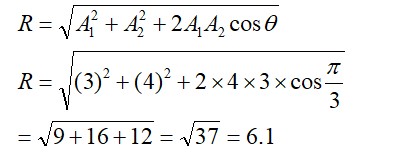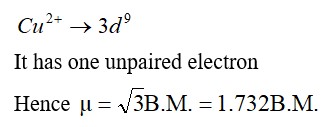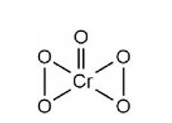8.45 Compare the general characteristics of the first series of the transition metals with those of the second and third series metals in the respective vertical columns. Give special emphasis on the following points:
(i) Electronic configurations
(ii) Oxidation states
(iii) Ionisation enthalpies
(iv) Atomic sizes.
8.45 Compare the general characteristics of the first series of the transition metals with those of the second and third series metals in the respective vertical columns. Give special emphasis on the following points:
(i) Electronic configurations
(ii) Oxidation states
(iii) Ionisation enthalpies
(iv) Atomic sizes.
-
1 Answer
-
8.45 (i) Electronic configuration:
In the first transition series, 3d orbitals are progressively filled while in the second and third transition series, 4d and 5d orbitals are filled. However the first series shows only two exceptions Cr and Cu, both have a single electron in the 4s orbital ( 3d5 4s1, 3d10 4s1) but the second series shows more exceptions. Similarly, third series elements show exceptions. Thus in the same vertical column, in a number of series, the electronic configuration of the three series are not similar at all.
(ii) Oxidation states:
The number of oxidation states shown by the elements in the middle of each ser
...more
Similar Questions for you
K2Cr2O7 + H2O2 + H2SO4->
Potassium permanganate in alkaline medium oxidise lodide to lodate.
Compound A is
KMnO4 decomposes upon heating at 513 K and forms K2MnO4 and MnO2.
2KMnO4
Taking an Exam? Selecting a College?
Get authentic answers from experts, students and alumni that you won't find anywhere else
Sign Up on ShikshaOn Shiksha, get access to
- 65k Colleges
- 1.2k Exams
- 679k Reviews
- 1800k Answers




